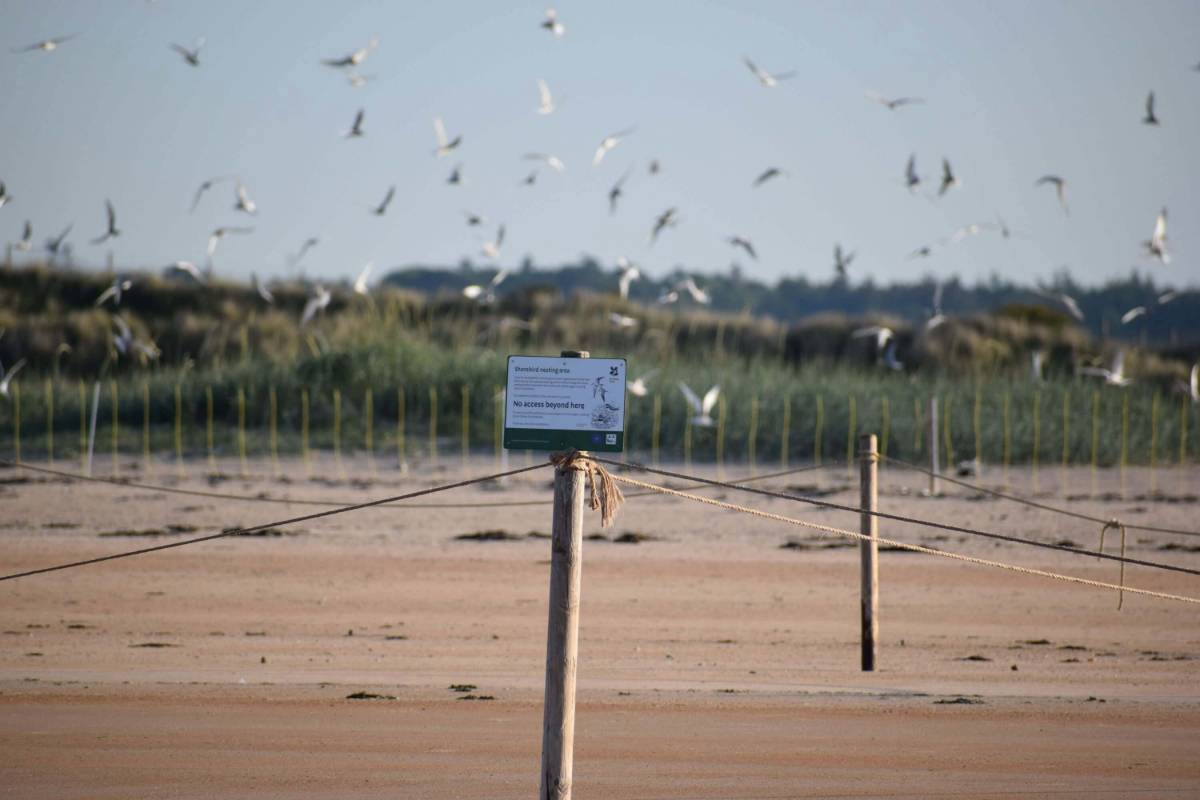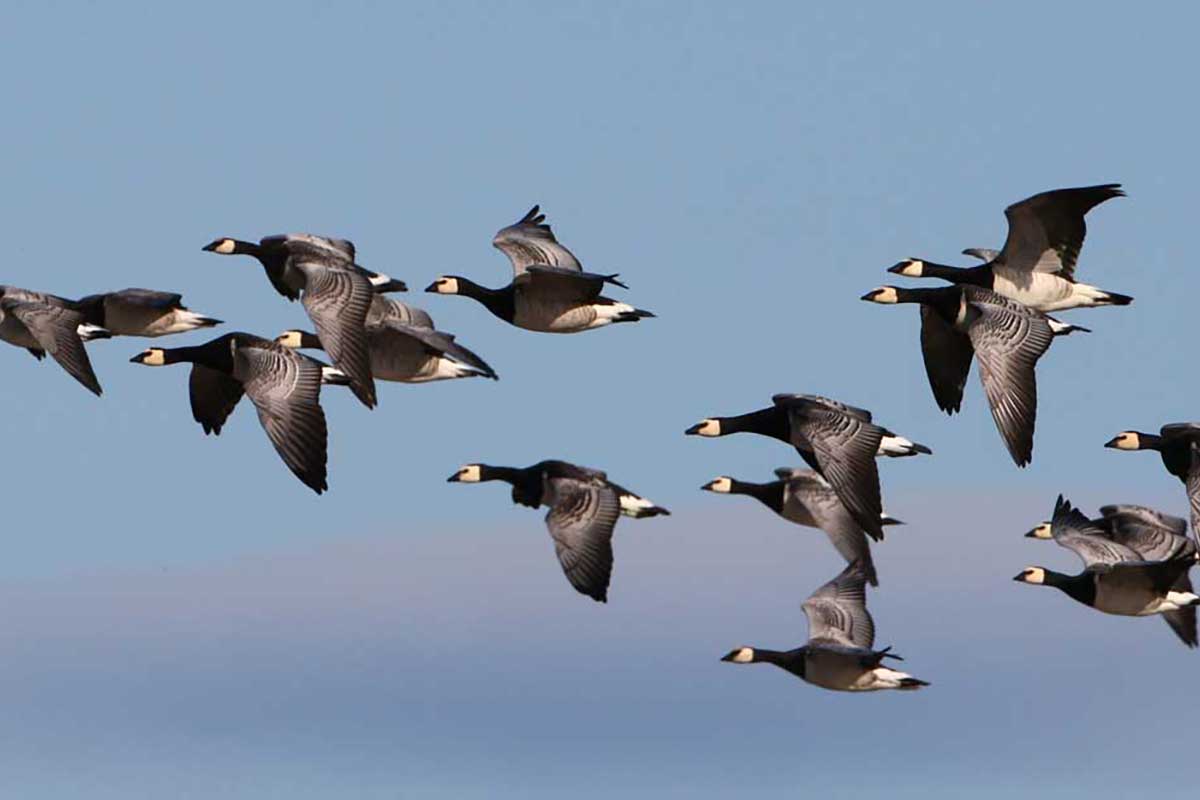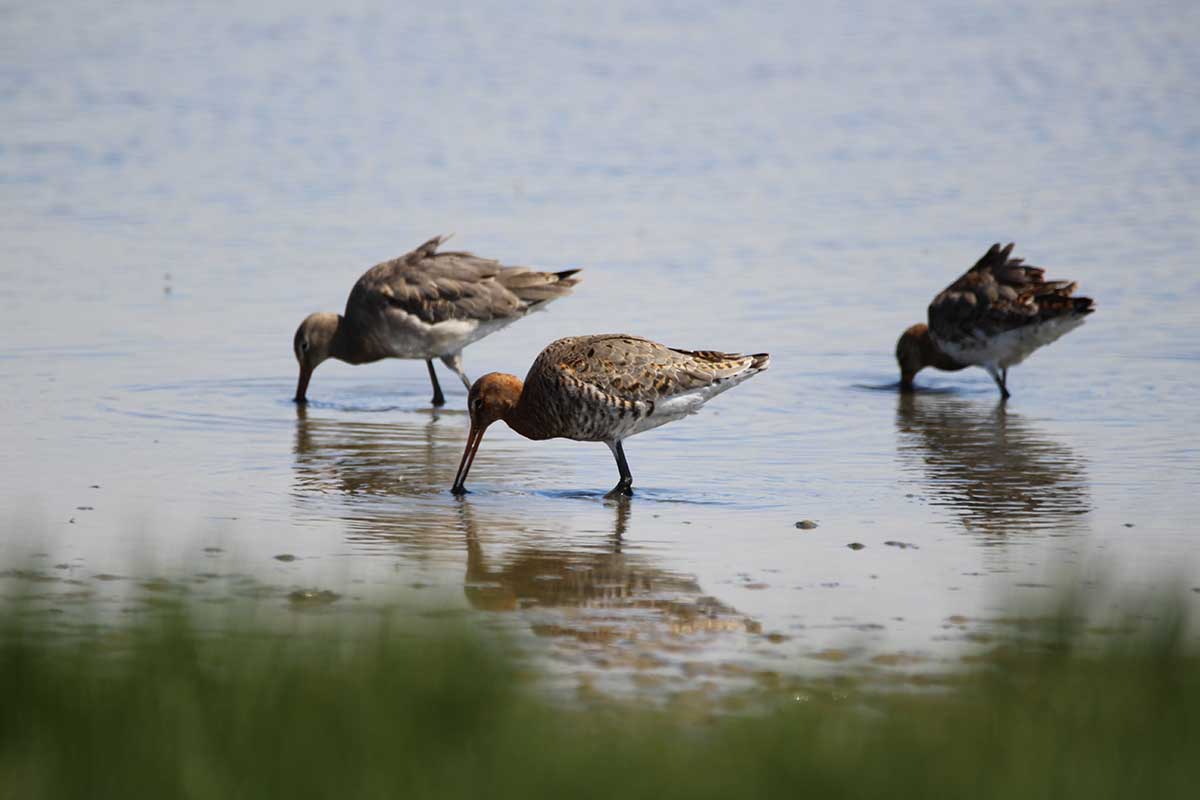Lindisfarne National Nature Reserve (LNNR) is a haven for shorebirds to nest and raise young. Little Terns are among the rarest of these, migrating from tropical Africa to the shores of the UK every year to breed. At the LNNR a colony will breed on the beaches annually, each female laying up to three eggs in a small scrape. However, nesting in the middle of a beach makes these birds extremely vulnerable.
Beach nests are an easy target for ground predators like badgers, foxes and hedgehogs and avian predators like kestrels, gulls and crows, who are all partial to eggs and fledglings. Rising sea levels and increasingly higher tides and storm surges created by climate change can also devastate colonies in a single event. However, the biggest issue is human disturbance. People flock to beautiful sandy beaches of Northumberland during the summer months, coinciding with breeding season. Over the last decade visitor numbers have dramatically increased and breeding shorebirds forced into ever decreasing pockets of undisturbed land to nest.

Finding safe refuges for the exhausted shorebirds to nest and breed is a priority for LNNR and WADER, and so the Breeding Shorebird Protection Scheme was devised. Every spring, staff and a small army of volunteers create special areas of refuge for the birds. They erect protective fencing around a number of key breeding locations, closing areas of beach in some areas. The electric fences offer protection from ground predators and boundary fences give a buffer from public disturbance. These sites are then monitored and protected 24 hours a day, seven days a week by shorebird wardens. Aside from Little Terns, populations of Arctic Tern, Common Tern, Oystercatcher, Eider Duck and Ringed Plover are also monitored. WADER’s support has bolstered this staff team, supplying an extra full-time wildlife warden and four seasonal wardens for the summer breeding periods. Together, we are also developing an additional 20ha of spring and summer refuges within the LNNR and at other sites along the Northumberland Coast.
As Ringed Plovers are not colony nesters they can be a lot harder to spot and therefore are a lot more prone to disturbance, with many people oblivious to the fact that they have caused disturbance of any kind. Wardens carry out Ringed Plover surveys across the whole site and beyond to find territories and where possible protect them with fencing to allow them to nest in peace. We then share all the population and productivity data with other organisations to supply a nationwide picture of the plight of the UK’s shorebirds.
The protection and monitoring has proved a success with additional stable and viable colonies now well established on the Reserve. Since WADER began in Autumn 2021, Ringed Plover numbers have increased by 28%.
Where areas of beach have been closed off we’ve found a marked difference in the way bird life behave. Survival rates are far higher as birds do not abandon their nests. Fledglings who are no longer subject to constant ‘flushing’ have a safer area to feed and learn before heading off on migration. Loafing terns and waders use the areas as safe refuges with large numbers visible along the coastline in the protected areas.
In time, and with WADER’s help, the team hope to extend this success story not just to other areas of the Reserve but up and down the Northumberland Coast.
If you are visiting the Reserve please keep dogs on a short lead at all times and if you see any fencing that has been erected please do not approach. These are areas that have been selected as key breeding areas. Please allow the birds space to nest.




